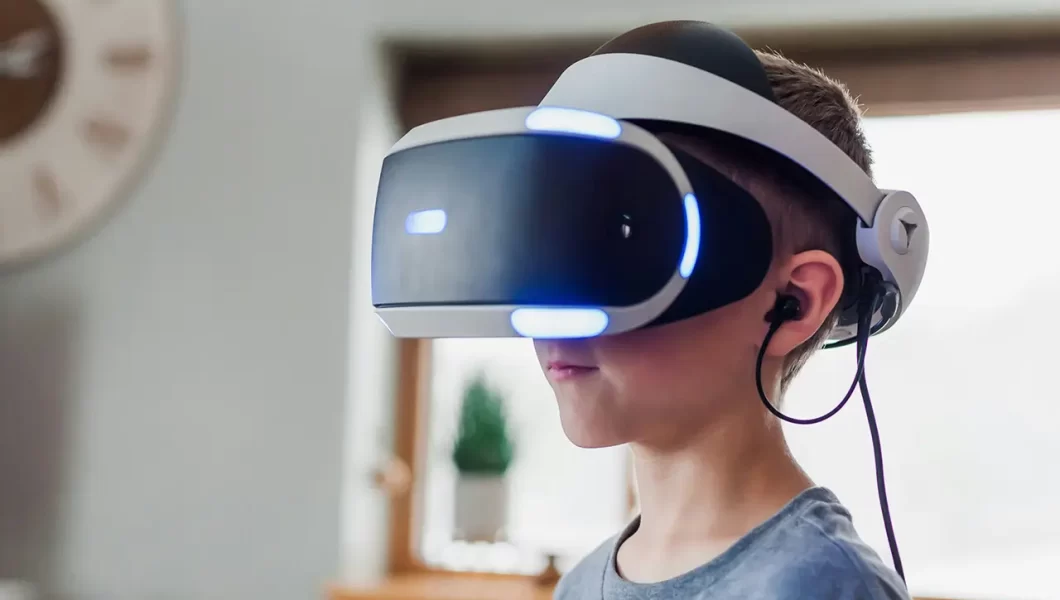In recent years, virtual reality (VR) technology has made significant strides, evolving from a novelty into a powerful tool with the potential to revolutionise various industries beyond gaming. While gaming remains a prominent application, the scope of VR’s impact is expanding rapidly, offering exciting possibilities in fields such as healthcare, education, architecture, and beyond.
The Evolution of VR Technology
VR technology has come a long way since its inception, with advancements in hardware, software, and content creation driving its growth. Headsets have become more comfortable, lightweight, and affordable, making VR more accessible to a wider audience. High-resolution displays, improved motion tracking, and realistic haptic feedback have enhanced the immersive experience, blurring the line between the virtual and the real.
Virtual Reality Applications in Healthcare
One of the most promising areas for VR outside of gaming is healthcare. Many medical trainers now use VR simulations to administer training. They allow students and professionals to practise procedures in a safe and controlled environment. Surgeons can rehearse complex surgeries, and therapists can treat patients with phobias, PTSD, or chronic pain using exposure therapy in virtual environments. VR technology is also being explored for patient rehabilitation, offering immersive experiences that can aid in physical and cognitive recovery.
Education and Training: Virtual Learning Environments

In the realm of education, VR holds immense potential to transform traditional learning methods. Students can explore historical events, visit distant planets, or dissect virtual organisms, making learning more engaging and interactive. Virtual classrooms enable remote students to participate in lectures and collaborate with peers as if they were physically present. Additionally, VR simulations provide hands-on training for various industries, from aviation to construction, improving safety and efficiency.
Architectural Visualisation and Design
Architects and designers are leveraging VR to revolutionise the way they conceptualise buildings and spaces. VR allows stakeholders to immerse themselves in virtual environments, experiencing architectural designs at a human scale before construction begins. This not only facilitates better communication between architects, clients, and contractors but also enables early detection of design flaws and potential improvements.
The Future of Work: Remote Collaboration and Productivity
As remote work becomes increasingly prevalent, VR offers new solutions for collaboration and productivity. Virtual meeting spaces enable teams to gather from different locations, fostering a sense of presence and enhancing communication compared to traditional video conferencing. Virtual offices provide a customisable workspace where employees can interact, brainstorm ideas, and collaborate on projects in real-time, regardless of geographical constraints.
Conclusion: Embracing the Virtual Frontier
In conclusion, the future of virtual reality extends far beyond the realm of gaming, with applications across various industries poised to transform how we learn, work, and interact with the world around us. As technology continues to evolve and VR becomes more mainstream, we can expect to see even more innovative uses emerge, unlocking new possibilities and reshaping the way we experience reality.
Whether it’s revolutionising healthcare or the workplace, virtual reality is poised to redefine our understanding of what’s possible in the digital age. As we embrace this virtual frontier, the only limit to its potential is our imagination.








No Comments